Mr. Le Van Vy is experimenting with growing river vegetables on his land.
River vegetable specialties
River vegetables (wild vegetables) are wild plants that grow naturally along the banks of the Vam Co Dong River. Tay Ninh people soon discovered their delicious taste when used with Trang Bang specialties such as rice noodles and rice paper. People living along the river often row boats to pick shoots and young leaves of these wild plants to make food for their families and to sell to restaurants specializing in rice noodles and rice paper.
In recent years, as Tay Ninh tourism has developed, the culinary needs of tourists have increased, and wild vegetables are not enough to supply the market. Some farmers have started to grow wild plants in their gardens to get leaves for vegetables. Since then, Tay Ninh has had the profession of growing wild vegetables - perhaps the latest farming profession in our country.
Nearly 10 years ago, Mr. Le Van Vy (Loc Trat quarter, Gia Loc ward, Trang Bang town) made a living by growing cotton. Realizing that the demand for river vegetables was increasing, while river vegetables in nature were becoming increasingly rare, he immediately quit growing cotton and switched to growing river vegetables. Every day, he went to the banks of the Vam Co Dong river to find and uproot small river vegetable plants, bringing them back to experiment with planting them in the land behind his house.
Mr. Le Van Vy shares his experience of growing wild vegetables with visitors.
To create an environment similar to nature, Mr. Vy grows river vegetables in rows. Between the rows are gurgling water ditches surrounded by floating clumps of water hyacinth. After nearly 20 years of domesticating forest plants, the farmer from Trang has turned his forest vegetable garden into a place to supply fresh vegetables to traders; and Mr. Vy propagates forest plants to supply and teach the profession to many people in the area, together developing the profession of growing forest vegetables.
Currently, the forest vegetable growing profession in Loc Trat neighborhood has developed into a Forest Vegetable Cooperative. This cooperative consists of seven households, with Mr. Vy as the head. The forest vegetables here meet VietGap standards, providing the market with about two tons of vegetables annually.
Talking about the economic efficiency of growing river vegetables, Mr. Vy said: “Compared to growing cotton, growing river vegetables is simpler and more effective. Because river vegetables are forest plants, they have very strong vitality and resistance, they do not need fertilizers to grow on their own and are rarely attacked by pests. The selling price of these products is also quite stable and is always insufficient to meet market demand, so there is no fear of unsold products. Meanwhile, growing cotton products is very difficult to take care of, requires a lot of investment capital and the output is always unstable.”
Similarly, Ms. Le Thi Thanh Thuy’s family in Loc Trac neighborhood has also specialized in growing and purchasing river vegetables for more than 10 years. Currently, her home garden has grown all kinds of common river vegetables. After harvesting, the vegetables are washed, packaged, branded and supplied to restaurants and supermarkets.
“My wild vegetable garden does not need much fertilizer, mainly if there is enough water for irrigation, they will produce many new leaves. These wild vegetables are used to eat with rice paper and are also a traditional medicine, good for consumers’ health. My family’s wild vegetable products meet VietGap standards, now certified as three-star products, helping consumers feel more secure and confident,” the female owner of this establishment shared.
Wild vegetables of Mrs. Le Thi Thanh Thuy's family are carefully packaged before being supplied to restaurants and supermarkets.
It is hard to imagine a party with famous Tay Ninh dishes such as dew-dried rice paper or Tay Ninh beef without a tray of wild vegetables. From wild plants that few people know about, river vegetables have become one of the indispensable ingredients in Tay Ninh's specialties. Having a place on the dining table like that is thanks to the efforts of people who specialize in picking, growing and selling river vegetables.
Many fruit gardens
In addition to wild vegetables, there are also many fruit gardens on both sides of the Vam River that are green and lush all year round. Every year, during the summer and the Doan Ngo festival (the 5th day of the 5th lunar month), the famous fruit gardens in Go Dau, Trang Bang, and Hoa Thanh become bustling with visitors from inside and outside the province. One of the garden tourist attractions that attracts many visitors is Ut Phuong garden in Cay Da hamlet, Hiep Thanh commune, Go Dau district. The garden mainly grows two types of rambutan: Thai rambutan and Xuka rambutan.
Lush green fruit garden by the Vam River.
For nearly 10 years now, the garden has opened to welcome visitors on the occasion of April 30 every year and lasts until the end of the fruit season. The entrance fee to the garden is 30,000 VND/person. Most visitors, after being full of fruit, buy a few more kilos of ripe rambutan to bring home as gifts for family and relatives. When entering the garden, visitors choose a hut under the canopy of ancient rambutan trees, then pick the fruit themselves, bring it back to the hut to enjoy with other specialties such as chicken porridge, grilled chicken, etc.
During the past summer days, Ms. Le Ha Phuong, a resident of Go Dau town, and many of her family members came here to experience harvesting rambutan. Ms. Phuong shared: “Today is my birthday, my family is celebrating in the fruit garden. When I came here, I felt the fresh, happy atmosphere. What I like most is picking and enjoying delicious, sweet rambutans and rustic dishes of my hometown.”
Ms. Le Ha Phuong checked in with bunches of rambutans she had just picked herself.
Ut Phuong's rambutan garden is full of fruit.
Talking about her family's garden tourism model, Mrs. Ho Thi Thu Phuong - owner of Ut Phuong garden confided: "In previous years, my husband and I only planted and harvested fruits to sell at the market like other gardeners. One time, I waited to visit a friend's house and saw that there was a strawberry garden there and opened a service for tourists to visit. I realized that this model was good, so my husband and I opened it and followed suit. Since opening this service, my income has been better than when we weighed and sold fruits."
With the advantage of fertile alluvial land and year-round irrigation system from Dau Tieng irrigation project, many Tay Ninh people are currently changing their crop structure. Traditional agricultural gardens such as rubber, sugarcane, cassava are gradually being transformed into high-value fruit gardens such as durian, orange, grapefruit, guava, mango, jackfruit, South American banana, etc. Typically, in Bau Don commune, Go Dau district, there are many immense, green, fruit-laden durian gardens, meeting VietGap standards, and the Bau Don Fruit Tree Cooperative has been established.
Tay Ninh durian is popular with many people.
Mr. Phan Hoai Thinh - Director of Bau Don Fruit Cooperative said that in general, the fruit growing profession in Bau Don has developed for more than 20 years. Currently, this commune has about 1 thousand hectares of durian land. Due to the characteristics of soil and climate, durian in Bau Don has a more yellow "meat", sweeter, fatter and chewier than those in the Central Highlands and the West. This specialty has met VietGap standards, in 2022, durian of the Cooperative was recognized as a four-star OCOP product. From there, it opened a turning point to affirm the position and quality of Bau Don durian in particular, and of Tay Ninh in general.
Although it developed after the fruit orchards in the West and Southeast, the orchards along the Vam Co Dong River in Tay Ninh have the advantage of being the first to take shortcuts. Perhaps in the near future, the orchards along the Vam River will develop no less than those on the Tien and Hau rivers, turning Tay Ninh into a region of aromatic vegetables and sweet fruits.
Ocean
Source: https://baotayninh.vn/ky-x-dac-san-rau-song-va-cay-trai-a175279.html



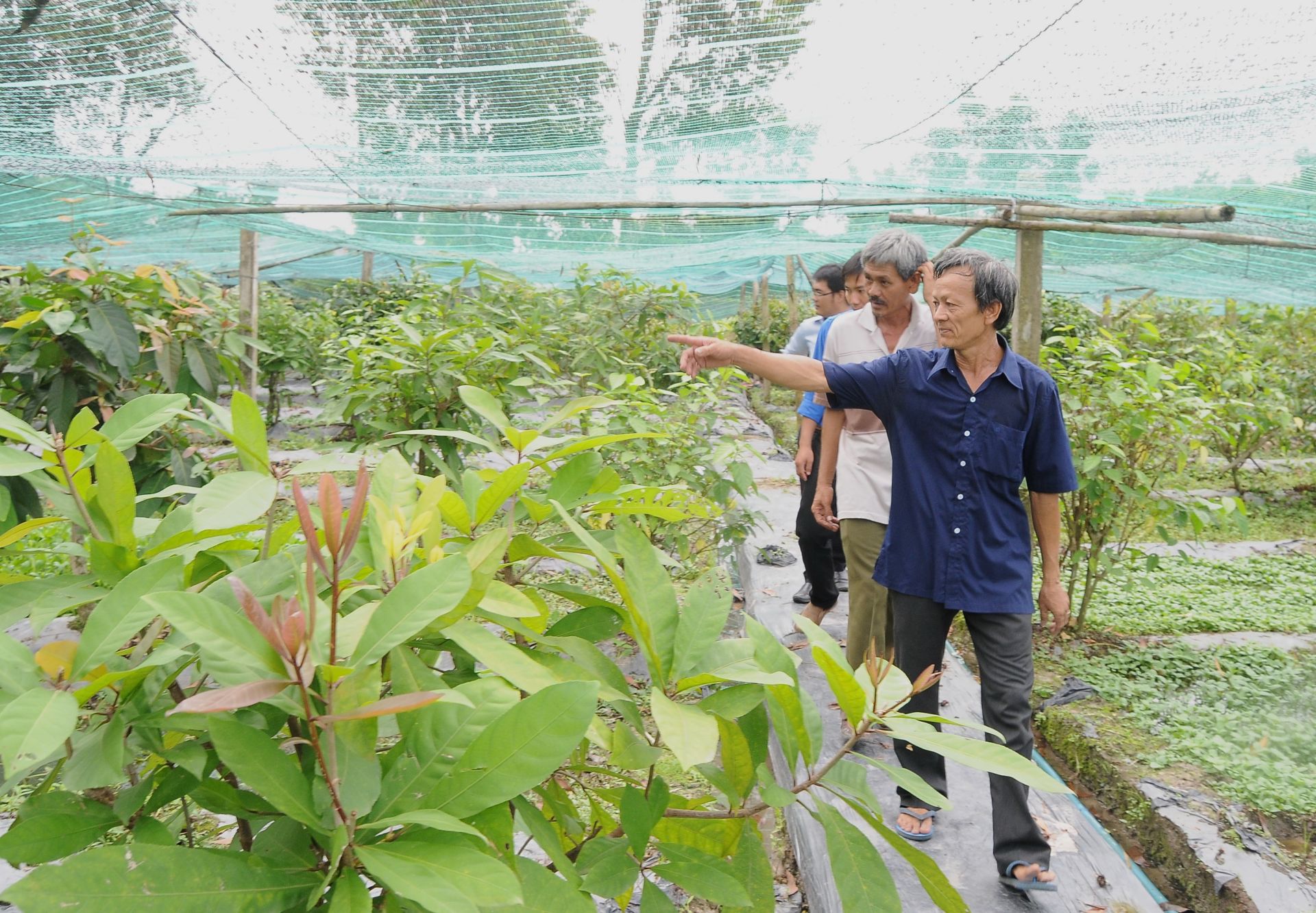
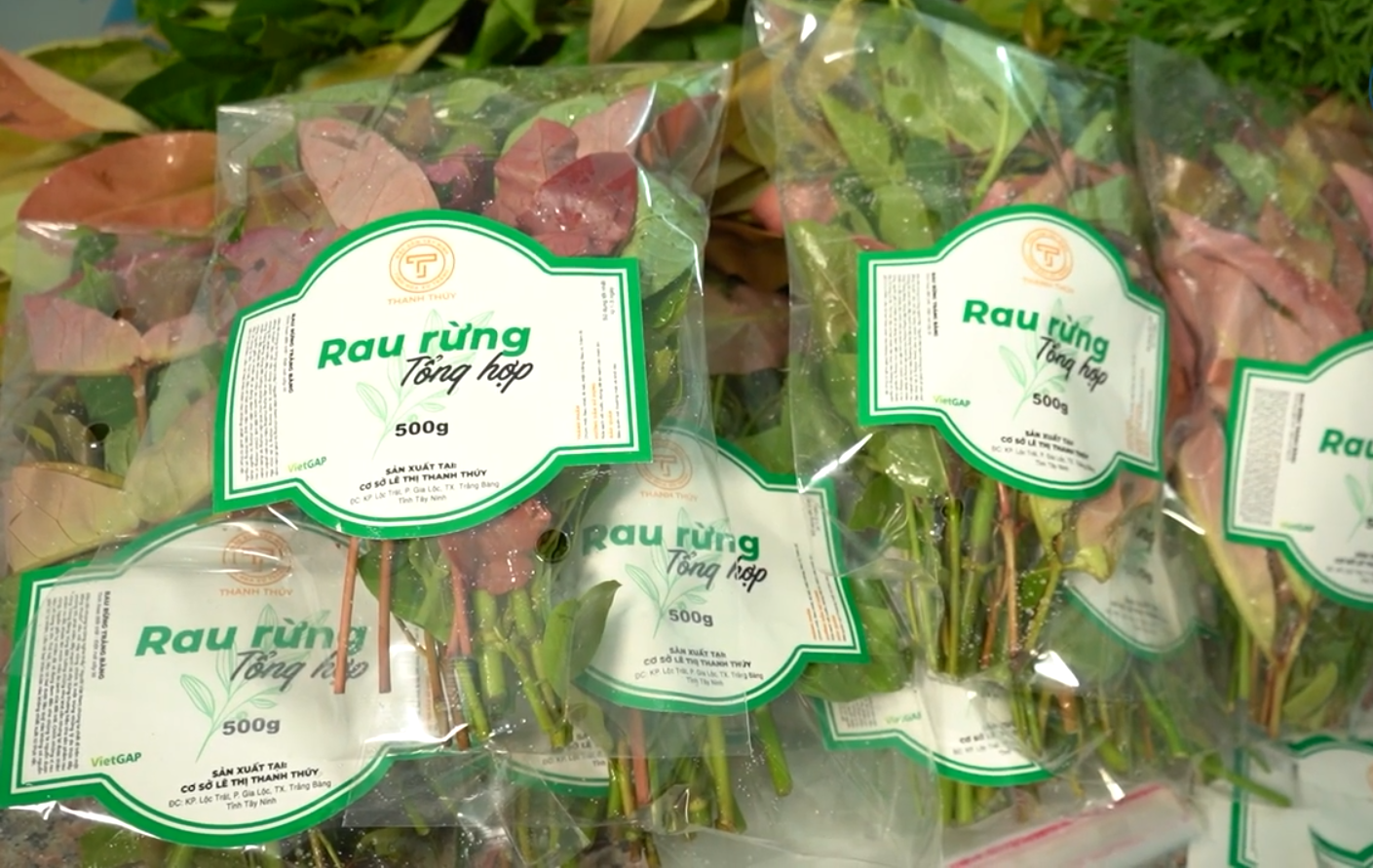
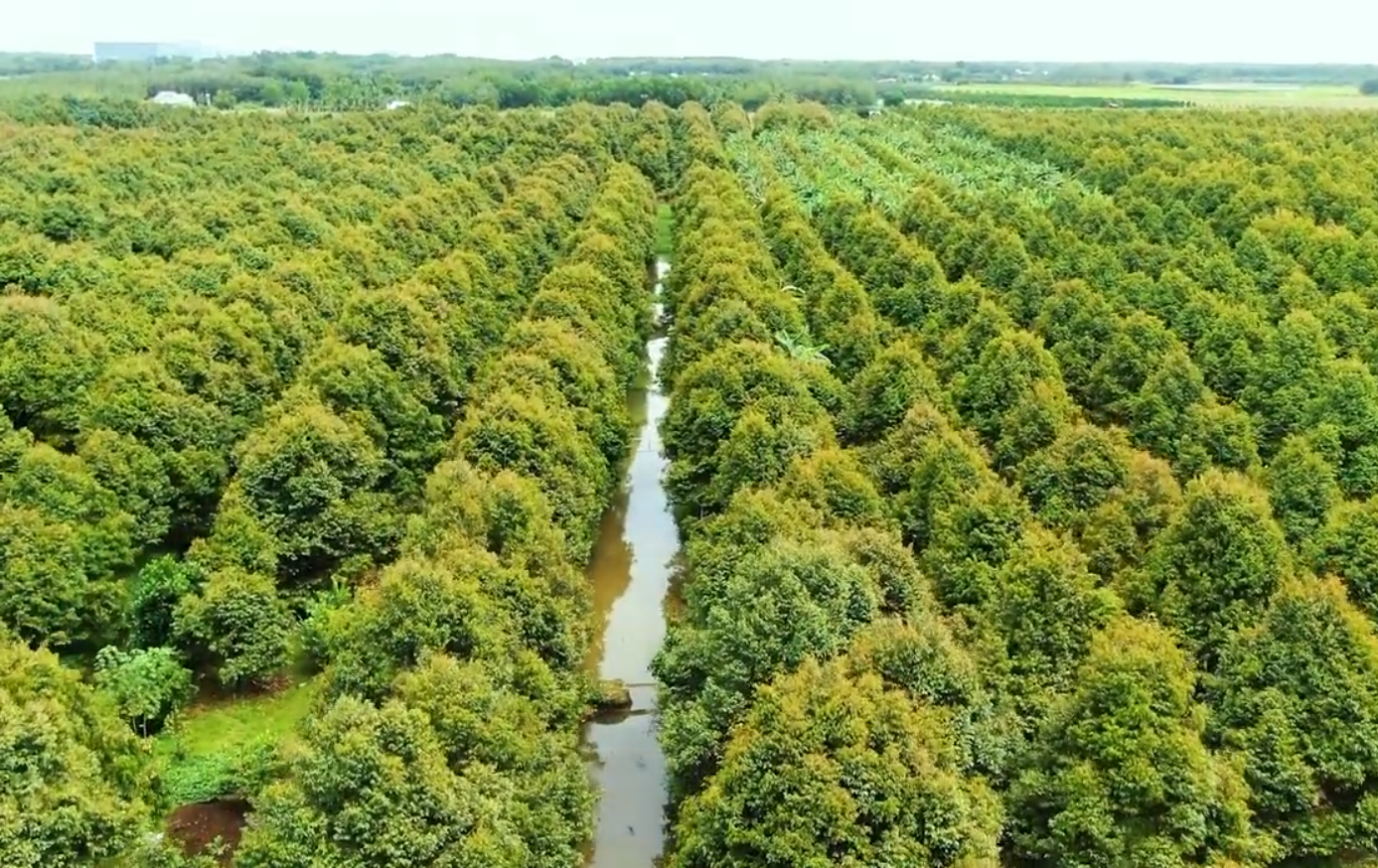
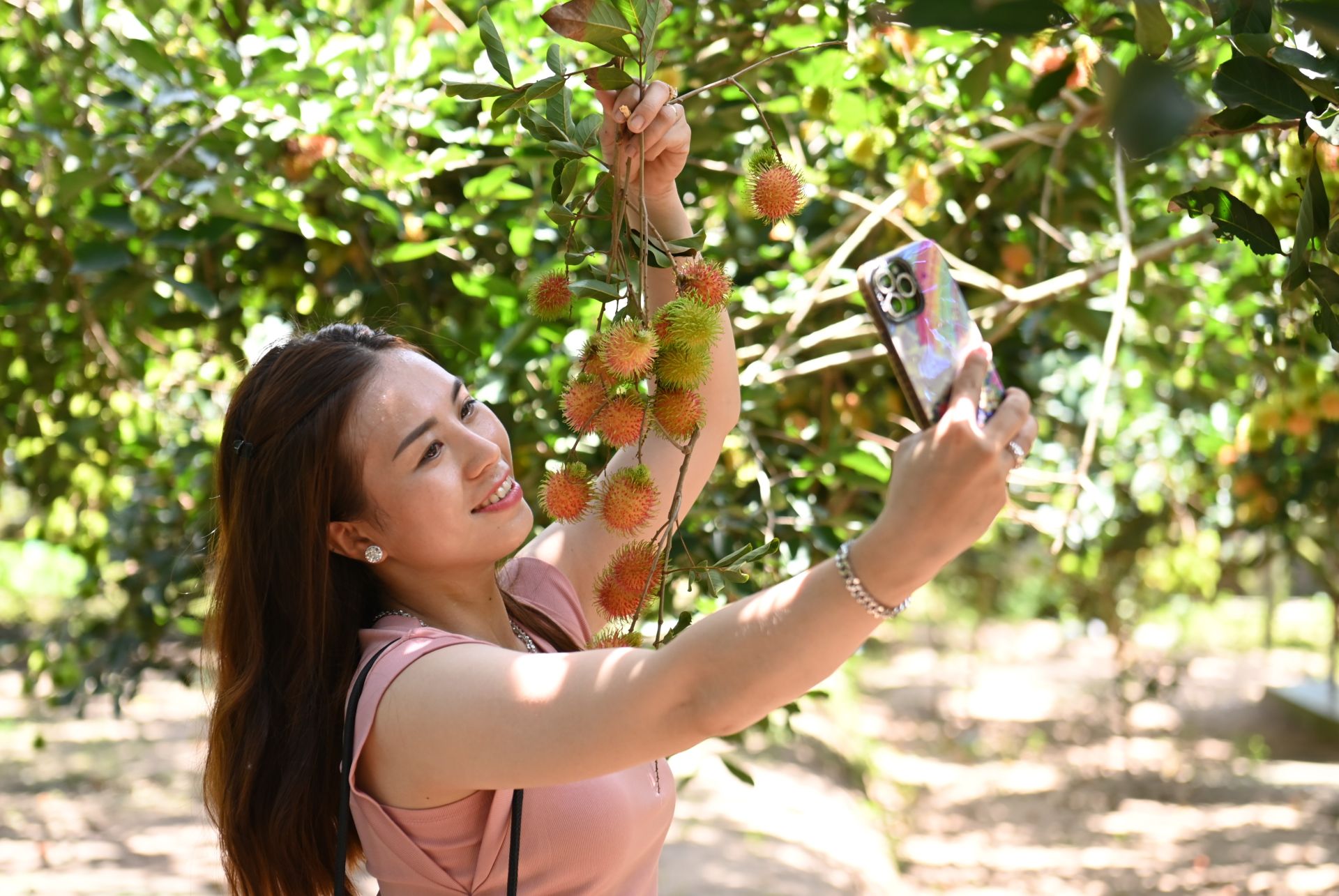
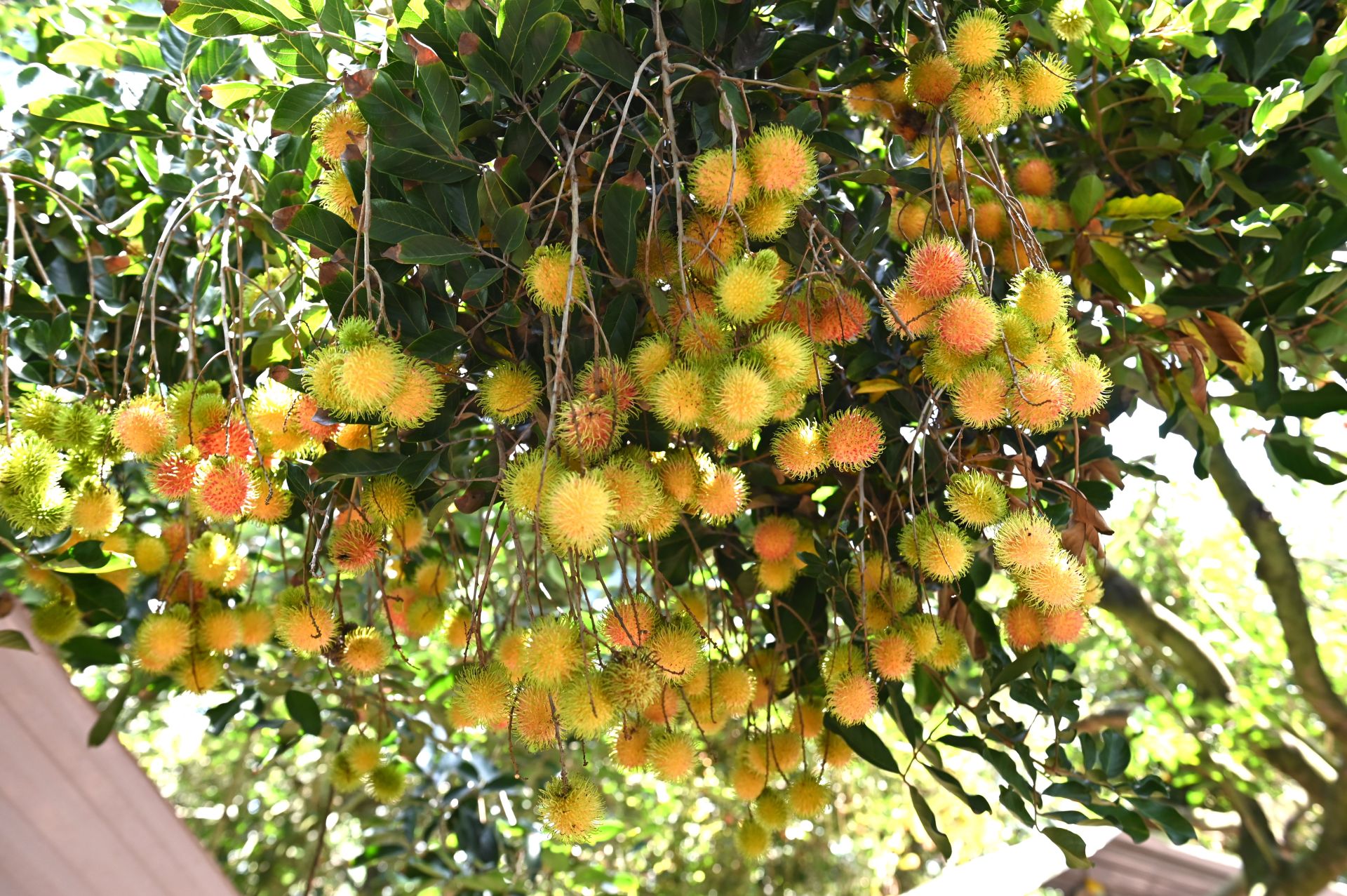
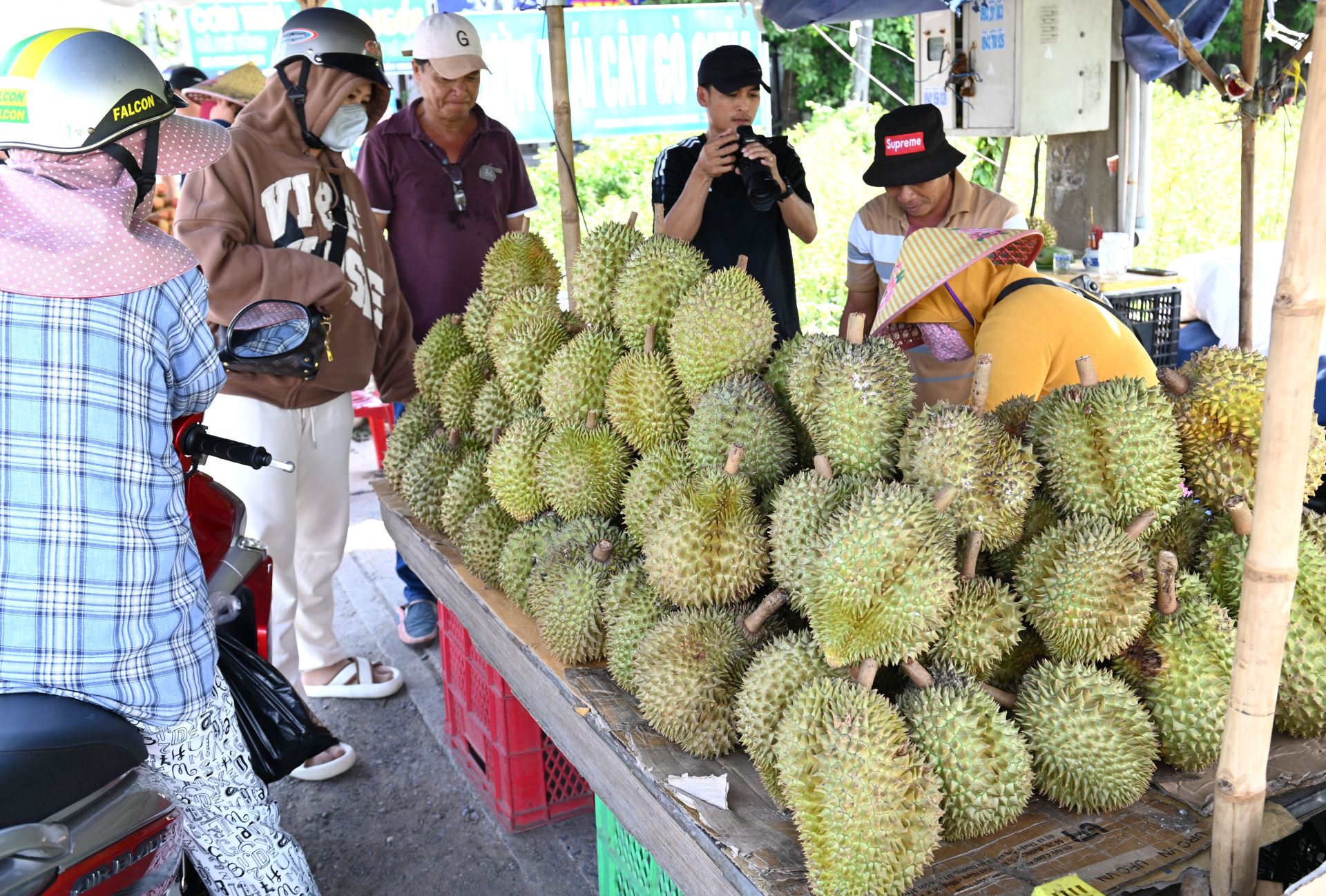



![[Photo] Prime Minister Pham Minh Chinh meets with Hungarian President Sulyok Tamas](https://vphoto.vietnam.vn/thumb/1200x675/vietnam/resource/IMAGE/2025/5/29/dbcaa73e92ea4448a03fe1d0de6d68e8)
![[Photo] Vietnamese and Hungarian leaders attend the opening of the exhibition by photographer Bozoky Dezso](https://vphoto.vietnam.vn/thumb/1200x675/vietnam/resource/IMAGE/2025/5/29/94d8ceca5db14af3bf31285551ae4bb3)
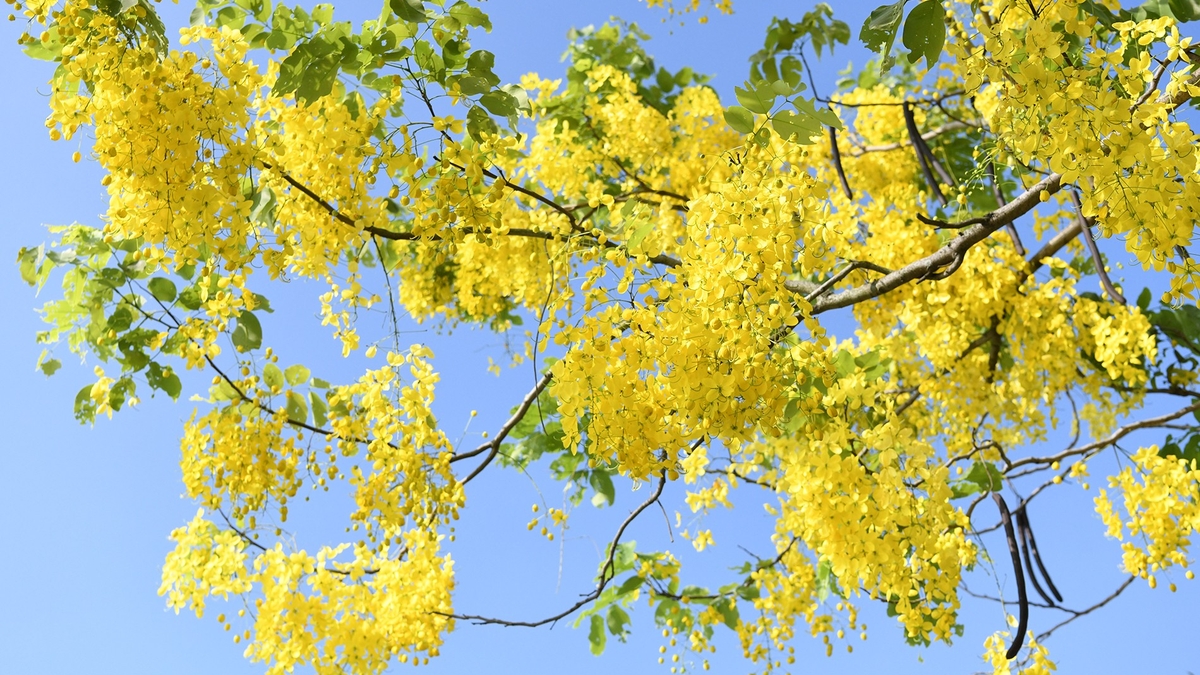



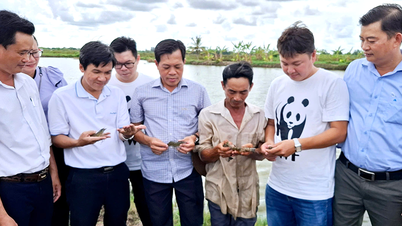
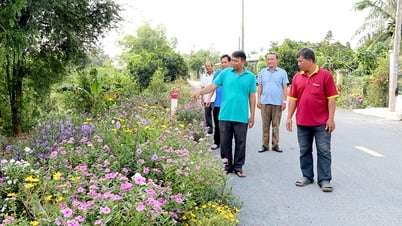





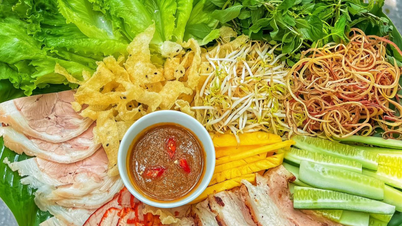




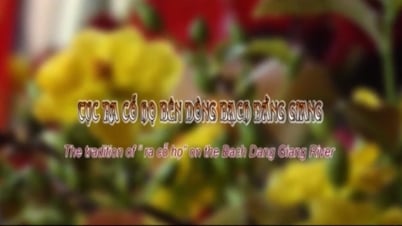

























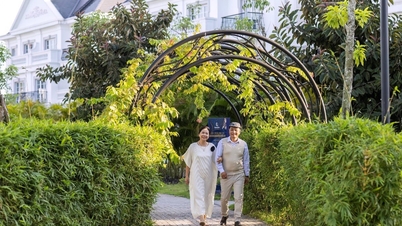









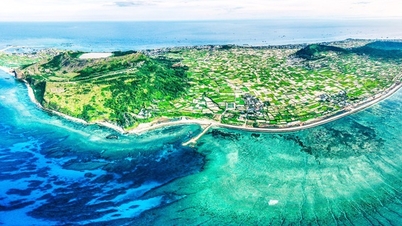

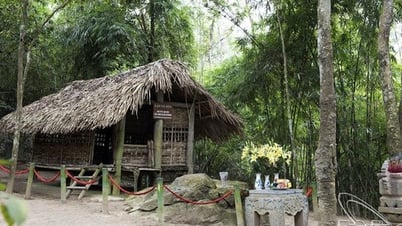
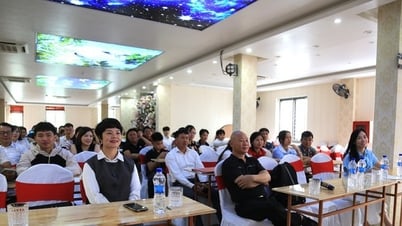

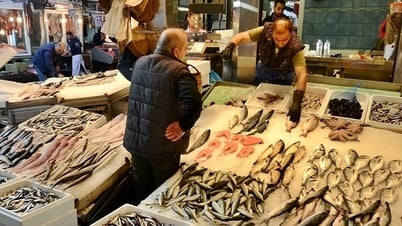



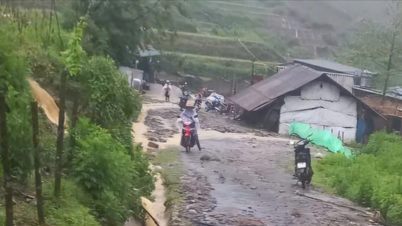















Comment (0)